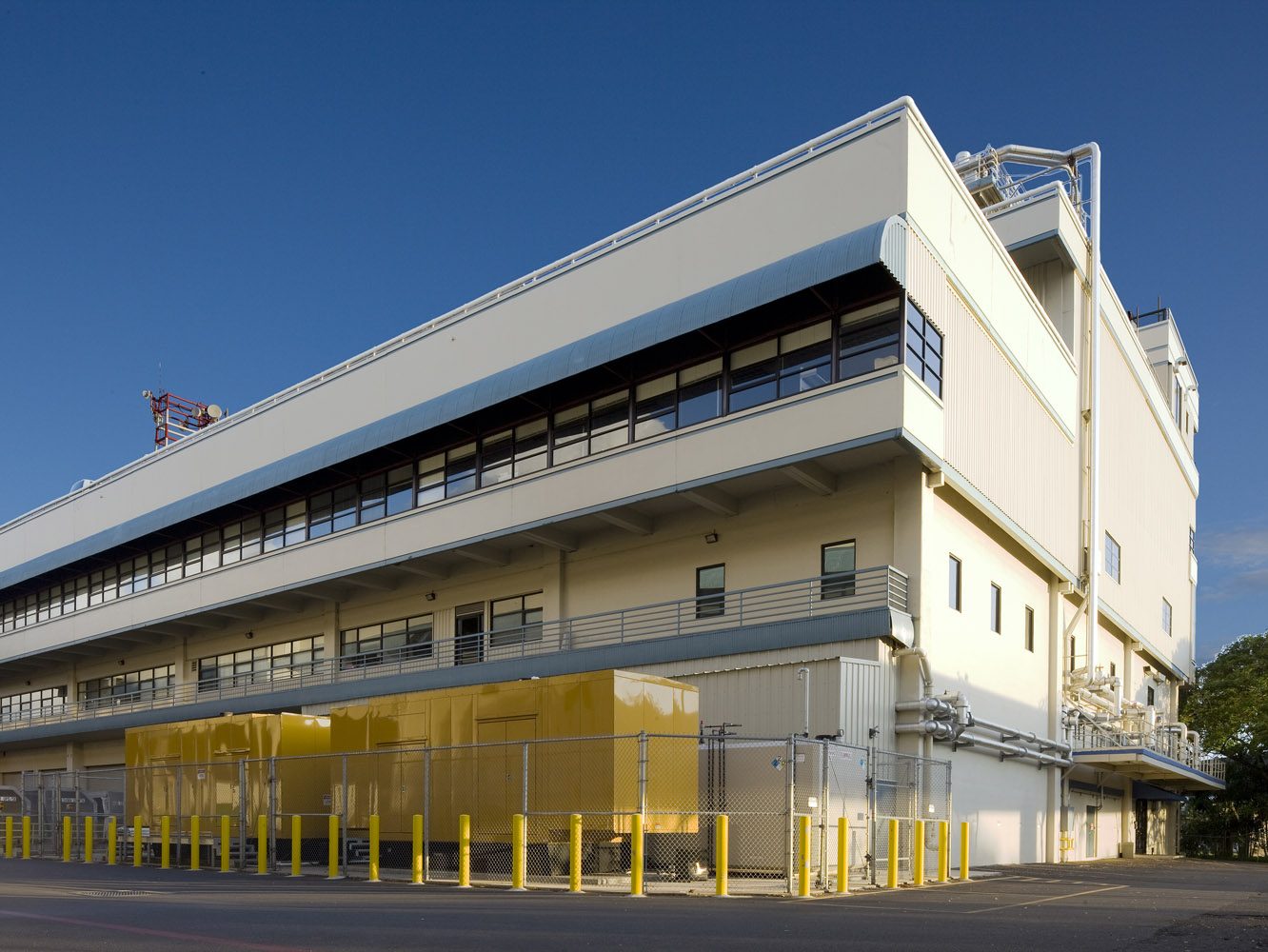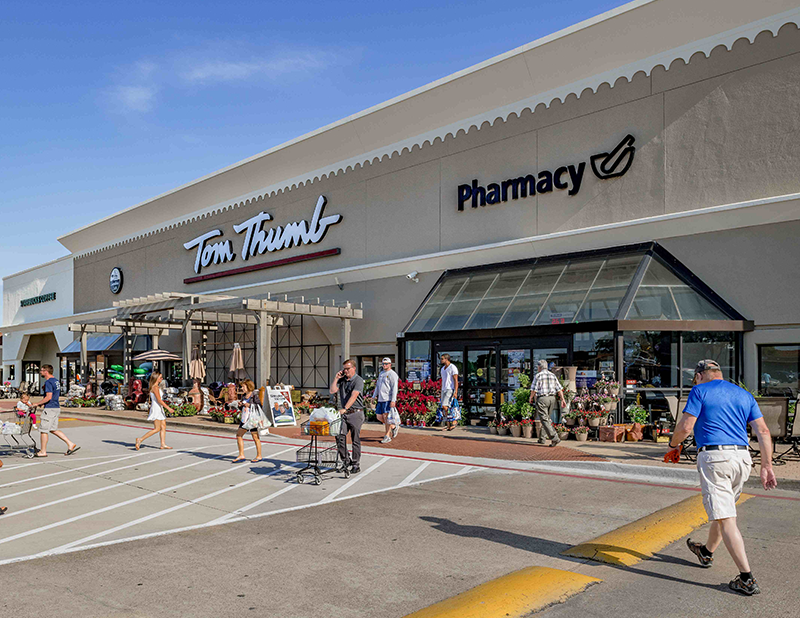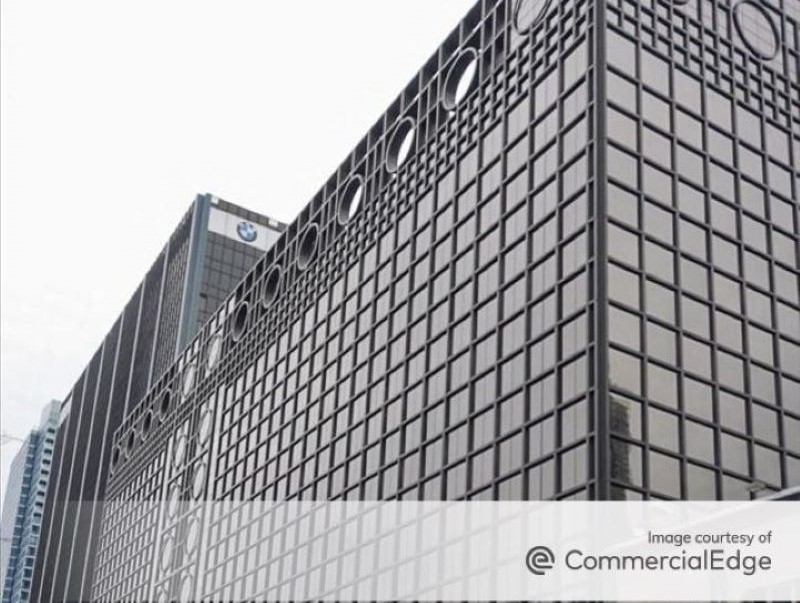Erewhon Market: An Organic Approach to Retail
Erewhon’s Jason Widener and Joyce De Brevannes, together with Slated Projects CEO Yuval Chiprut, spoke with CPE about the retailer’s Millennials-focused approach and other efforts that make it competitive in today’s market.
By Adina Marcut
In a world of store chains and retail corporations, Los Angeles-based Erewhon remained an independent, family-owned business for 50 years. Founded in 1968, the grocer recently opened its fourth location at 2800 Wilshire Blvd. in Santa Monica, Calif. The organic grocery store includes not only a food market, but also a café, and a tonic and juice bar. Erewhon worked with Retail Design Collaborative and Montalba Architects for the design and feel of its new space.
Erewhon’s Vice President of New Store Development Jason Widener, Marketing Director & Brand Manager Joyce de Brevannes and Slated Projects CEO & Erewhon Business Developer Yuval Chiprut told Commercial Property Executive what makes Erewhon’s markets stand out and how they attract Millennials.
Montalba Architects’ Founding Principal David Montalba shared a few key design details on Erewhon’s projects, while Retail Design Collaborative’s Vice President of Client Engagement David Sheldon explained the role of design in the story of experiential retail.
How do you choose your locations and why Santa Monica for Erewhon’s fourth location?
Chiprut: The pursuit of health and wellness is strong in Santa Monica and the surrounding neighborhoods. Even though Erewhon has experienced tremendous growth, it is still a brand that is building awareness. And because their success is based on the expertise and care that goes into their private label bottled juices and tonics, and their dishes in the Organic Cafe, the team has to focus efforts in Los Angeles to preserve the quality customers expect.
How is the new Erewhon Santa Monica a social shopping experience suitable for Millennials?
Sheldon: There are several reasons why Erewhon appeals to a discerning customer base. People crave human interaction. A place designed for engagement will draw more people in, encourage them to stay and urge them to visit again. Erewhon has made marketing and social media engagement a fundamental part of its business. Customers, vendors and foodies are excited to engage and follow the brand and see what the latest products and offerings are.
A big part of what sets Erewhon apart from other grocers is its emphasis on customer service. With a much greater ratio of staff to customer, the employees truly engage with the guests. Education, empowerment and brand connectivity are integral to Erewhon’s customer service.
Widener: As soon as you walk in the door, you are welcomed by 100 percent organic produce—vibrant, fresh, seasonal. The Tonic Bar and Organic Cafe are backed by huge windows that face onto Wilshire Boulevard. That sense of indoor/outdoor space continues on our beautiful tiered terrace. It all makes you feel a part of the modern Westside community, even as you peruse the Tonic Bar menu and learn about ancient functional foods and herbs. It’s been amazing to watch people navigate through the space these first few weeks—they definitely feel at home—that’s that sense of community again.
De Brevannes: I’m reluctant to segment one group from another when it comes to our customers. Maybe some cook more than others. Maybe some are more willing to try CBD products or other new products when first introduced to them. Shared values are the foundation of the Erewhon community and this foundation is more about an approach to living than it is about a generation.
As Jason described, the Santa Monica store invites people to come together and enjoy the space. But people tend to gather in all our stores. Our gas and wood-fired pizza oven is definitely a hit, but is an organic gluten-free pizza a Millennial thing? No, it’s simply delicious!
What are the main features that Erewhon offers and Millennials find attractive?
Widener: The features that Erewhon offers are beyond what’s on our shelves or lighting or music or décor. It runs way deeper than that. Millennials, like the majority of Erewhon customers, understand that their choices impact their personal health and, inevitably, the health of the planet. They support Erewhon because they know each purchase reflects their values—organic, pure foods, supporting local farmers and smaller innovative companies. This ripple effect of consciousness is what has driven our steady growth in a rapidly changing retail environment.
Tell me a few details you took into consideration when designing the Erewhon Santa Monica.
Montalba: The main priority for this project was to create a modernized shopping experience for consumers and to rethink how the public engages with the space and enters the market. To do this, we unified the primary gathering areas with an indoor-outdoor trellis element to help ease consumers’ interactions with the organic and retail spaces. Ultimately, we wanted the design, architecture and landscape to be a platform to showcase the food and foster engagement with guests.
What makes an Erewhon store different from other organic markets?
Widener: It is the Erewhon Standard—this ranges from a strict adherence to purity and transparency, to the deep passion and expertise on every team. Products have been curated so that shoppers can come in and know that the vetting has been done for them. We are small enough to be nimble, but our reputation is large enough that the Erewhon brand is a meaningful entrée into the marketplace for many start-ups.
In addition, the Tonic Bar and Organic Cafe offer an experience unlike any other grocery store. Everything in the Cafe is made from scratch—from our slow cooked broths that are used in our soups, to our superfood donuts and muffins. We make our own dressings, functional drinks and shots. We bake our breads. We have raw vegan chefs on staff. And last but by no means least, our Tonic Bar brings ancient traditions to life in an exciting way.
What are Erewhon Market’s future plans?
Chiprut: The goal is to open a new store about every 18 months. But this is dependent on site location and ensuring Erewhon is able to maintain their standards in terms of quality, customer service and staff knowledge.
What are Millennials looking for when it comes to retail and how does Montalba Architects implement their needs in its designs?
Montalba: As our culture continues to progress with everything being about image, look and immediacy, we search to bring something that is a moment of pause and, hopefully, poetic to the work we do. I think it’s about bringing a moment of pause in our experience.
In the case of Erewhon Santa Monica it was about the quietness of an urban garden or park that sets the tone for the entry experience and engages the customer as they prepare to both enter and exit the store. This was stitched together with a very practical trellis… . I think Millennials need both a sense of quietness in their lives (spirituality) and clear order (a clear disciplined framework).
E-commerce is steadily growing at a faster pace than traditional retail sales, according to U.S. Census Bureau’s report in November 2017. How do you manage to attract customers?
De Brevannes: While more people may be using e-commerce in the grocery sector, so much about shopping at Erewhon is intimate and sensory. You aren’t just ticking off items on a list, you are coming to Erewhon to be inspired. You might meet a founder doing a demo. You might discover a new product or a new chef-inspired dish in the Organic Cafe. Maybe you visit the Tonic Bar to get a recommendation for a drink to fix what ails you. We do have some online ordering options, but for the most part, our shoppers prefer that interpersonal connection.
Erewhon attracts customers by remaining true to our shared values and we are fortunate to have tremendous word of mouth. Friends are telling friends about what makes Erewhon special. We often see our customers touring people through the store, introducing them to their favorite products. For the most part, we don’t advertise. We focus on sharing the stories others tell about us and telling the stories of the people behind the unique brands we carry. We spend a great deal of time not only educating, but learning. We visit farms and speak with innovative brands so we can better serve as a resource for the community. We are grateful to all who have helped make Erewhon what it is today and maintaining their trust is our priority.
What are this year’s trends in the retail business?
Sheldon: With access to more information than ever before, consumers are fostering a trend of awareness of the quality of food they buy. People are becoming more conscious, more educated and more interested in consuming food and drinks with the highest quality ingredients and purest forms of processing. I think we’ll continue to see a more specific quality-focused trend as it relates to food as a whole.
With so many online or grocer pickup options available, there is a definite trend towards quality of place. If people are going to do in-store shopping, they value a unique experience. Design trends are focusing on more contextual materials, natural daylight and best practices for showcasing the highest quality food products.
Images courtesy of Carlos Hernandez/Retail Design Collaborative








You must be logged in to post a comment.